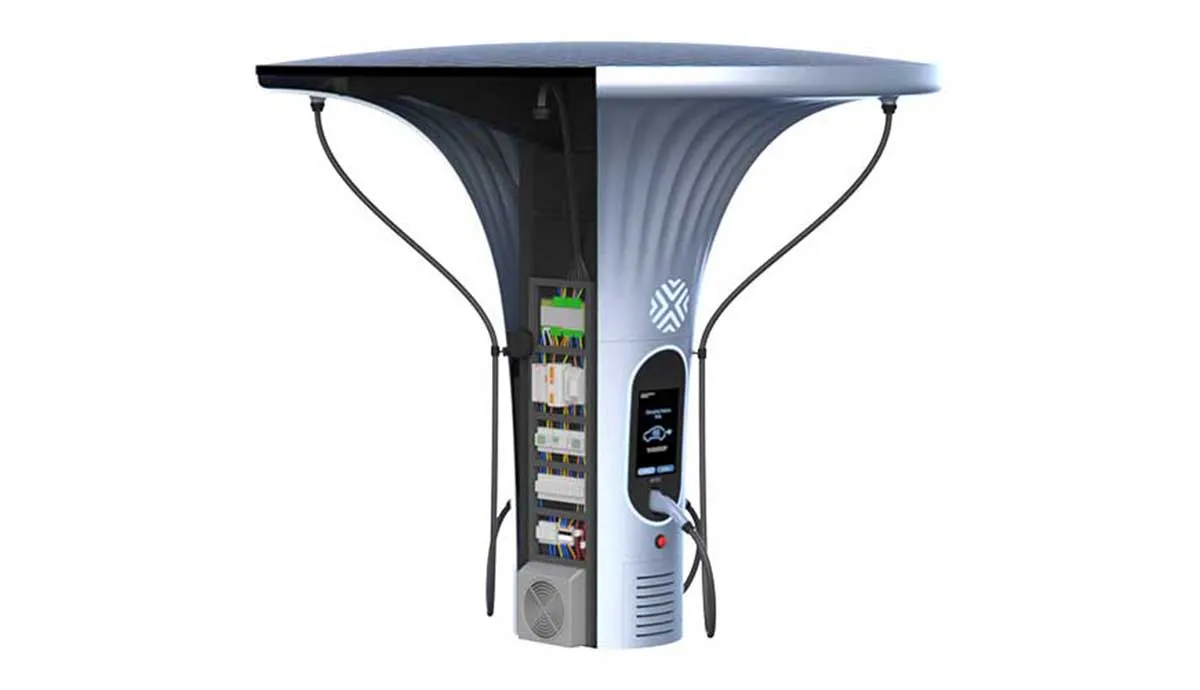As the adoption of electric vehicles (EVs) rapidly increases, the demand for a more expansive charging infrastructure is also growing. Government funding and support through various laws, tax credits, and development grants indicates that public EV charging equipment production will likely continue on a high growth trajectory. Automakers are also making significant investments, not only in the adoption of EVs but also in the development of a robust infrastructure that will support the millions of vehicles expected to be on the road within the next few years.
来源:Electrek.co
The additional funding and support of public EV charging stations are expected to have a direct effect on EV market growth. Having more charging stations available will reduce drivers' concerns about traveling longer distances in an electric vehicle, ultimately resulting in increased EV sales.
As the demand for electric vehicle supply equipment (EVSE) rises, new options and charging station models are constantly being developed. These new Level 1, 2, and DC chargers must meet critical standards and strict performance specifications. That means new challenges for manufacturers in finding materials to meet those needs in producing safe and easy-to-use stations.
Here are key priorities to consider in the design and production of future EVSE:
Safety
This includes equipment security, fire prevention, and overall user safety. Incorporating flame retardant additives can help mitigate fire hazards by increasing the ignition resistance of plastics, reducing the speed of flame spread, reducing heat release, and reducing smoke and fume generation. Cesa™ Flame Retardant Additives are available in standard or custom solutions that will comply with necessary technical and regulatory requirements. Available in both halogen and non-halogen formulations, they can be combined with colors, including over 2,000 OnColor™ UL 94 Colorants, eliminating extra UL listing approval steps.
The charging equipment should also be safe to touch. Antimicrobial and antifungal additives can protect the user interfaces and touchpoints from mold, mildew, and bacteria, while antistatic and conductive formulations can prevent static discharge and create safer, statically dissipated plastic parts.
Durability
Material durability and weatherability can lengthen EVSE service life and help maintain equipment aesthetics over time. Charging stations can be protected from harsh outdoor environments and daily wear-and-tear by using various solutions, including UV protection, chemical resistance, scratch and mar resistance, or impact modification. These types of additives can help the polymer surface withstand extreme temperatures, wind, sunlight, exposure to chemical cleaning products, or surface damage from excessive handling.
可持续发展
New charging stations are being designed with sustainability in mind. It is important to consider eco-conscious material options that can help in lightweighting, reducing volatile organic compounds (VOC), and reducing energy use.
Chemical foaming agents are successfully used in plastics to cut weight from parts without compromising mechanical properties. They are available in liquid or solid form and can result in 10-20% less plastic needed. Laser marking additives are another way of achieving a more sustainable solution, eliminating the need for labels and consumables such as inks or solvents. Lastly, molded-in color (MIC) metallics offer a means of eliminating paint resulting in reduced VOCs and fewer processing steps for energy savings and a lower carbon footprint.

